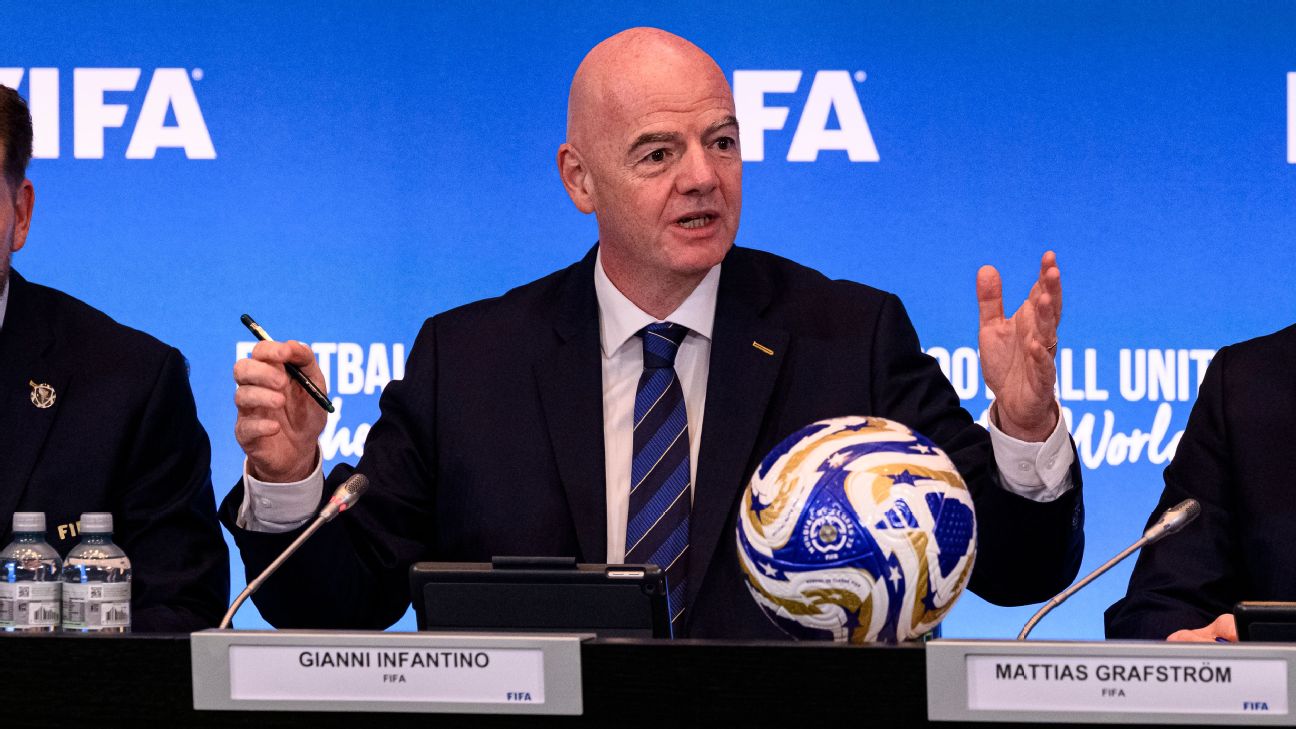If you happen to be enjoying this month’s bout of FIFA World Cup qualifiers and other international fixtures, then make the most of it as this is the final October international break to take place as we know it.
This is the result of a big change to FIFA’s match windows from next season, which was unanimously approved by the FIFA Council in 2023 as part of a wider reform of the men’s and women’s international competition itinerary.
As such, Tuesday’s friendly between Mexico and Ecuador will be the final match that is played in an October international break in its present form.
– 2026 World Cup: Who has qualified, and how the rest can make it
– The evolution of the World Cup ball as 2026’s Trionda is unveiled
– Celebrating the Olimpico, one of soccer’s most audacious goals
From next year, FIFA will alter the international match calendar, doing away with the existing two-week international breaks in both September and October. Instead those two breaks will be rolled into one compact three-week break that will take place across those two months.
The new regular international match schedule will consist of three standard nine-day (i.e. two-match) breaks in March, June and November as well as a new, expanded 16-day break beginning in late September and running into early October. This extended break will allow time for nations to play as many as four fixtures, should they wish.
However, these changes don’t go far enough for Arsène Wenger, FIFA’s chief of global football development. Speaking in 2021, the former Arsenal manager revealed that he wanted to drastically reduce the current system of five international breaks without reducing the number of games.
Wenger’s idea — which he himself admitted was a “gamble” — was to stage two breaks (in October and March) or even just one (in October) for a month in total in a bid to reduce workload on players and alleviate the “chaos” and “congestion” in the modern game.
All well and good, you might think — although, were a player to be injured during the month in question, they wouldn’t have a chance to play international football again for many months, maybe all year.
FIFA’s decision to merge the September and October breaks will be good news for fans who tired of having the club season broken up three times in as many months right at the start of the season. However, the effect of having to go three entire weeks without seeing their team play will not be fully known until it becomes reality next year. At that point, some may learn a lesson in being careful what you wish for.




